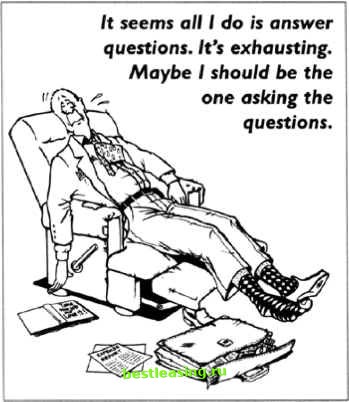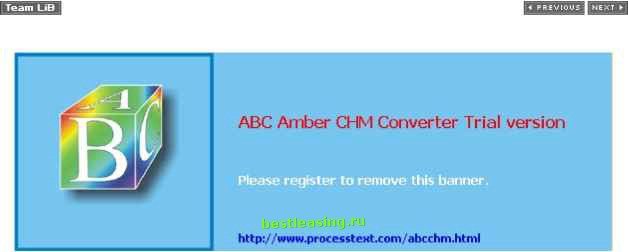

 |
 |

|
Промышленный лизинг
Методички
but is currently using the competition and is not interested in you; the customer is unfamiliar with your product and shows no interest; or the customer is unaware of your product but expresses an interest. The latter is what I call creating demand-introducing a product or service never used before by an existing or a potential customer. Demand is created by understanding the customers needs and presenting the product or service as a benefit to their business. Customers are always on the lookout for a competitive edge. The introduction of your product or service just might help to achieve that competitive edge. However, you must appreciate that even though you created the initial demand, the customer may invite your competition to present their product for comparative reasons and to validate the legitimacy of the new product or service. Of the three possible scenarios, the first one is most common: A customer has a need but is currently using a competitor. Thus, your goal is to ask carefully planned questions that encourage the customer to review the performance of an existing supplier. Your questions may reveal some instances of poor service or quality. Through this tactful method you do not criticize your competitor; your customer does. Some authors suggest that selling is a hurt and rescue business. Find the hurt, uncover the pain, discover the problem, and come to the rescue. This concept suggests that the customer has been living with an intolerable situation and that your product or service will provide instant relief from all suffering. Sales representatives buy into this concept thinking customers are suffering from a gaping wound that only their product or service will heal. Wrong! The reality is that your potential customer is doing just fine without you or your remedy for instant relief. The challenge is to discover an inconvenience or dissatisfaction that the customer is experiencing with their existing vendor, and then provide a solution that resolves it. Even though the customer is somewhat satisfied, your solution must focus on alleviating the inconvenience. Otherwise, why would they switch to you? They wont. An inconvenience is a situation that is less than ideal, but your customer is prepared to tolerate it. The customer may feel that fixing it may not be worth the effort, or a different vendor might make things worse. I suggest that it may only be an inconvenience because as I mentioned earlier, your competition mirrors approximately 90% or more of your features so you know they are doing a pretty good job servicing the customer. Very few products or services are perceived as providing a unique advantage. Differences between competitors are much more subtle today than perhaps even five years ago. Today we sell in an intensely competitive marketplace. Enhanced competition, pressures to differentiate and global impact have made even the best features and benefits temporary as well as tenuous. Often the customer is left struggling to sort out the differences. Remember, your customers buy from you based  on less than 5% of your features. Unfortunately, price becomes the easiest and quickest way for a customer to validate differences between competitors and justify a purchase. Thats why price gets the attention it does. By asking a series of smart, well-thought-out questions, customers will reveal clues as to the features that will satisfy the sale. Just as in baking or cooking, there must be the right mix of ingredients (features) to produce the desired results.   ЦШ И1:11 imjjjmmujiГШДД Feature Fishing Now its time to go fishing. Just hang on, I dont mean taking the day off to head out to your favorite fishing hole. Im referring to fishing right in the customers office, verbal casting. Bait the conversation with questions that reveal the customers needs, expectations, and hot-buttons. Although you have done your pre-call planning on the macro issues, you cannot learn intimate knowledge of your customers business until you engage in a conversation. During this conversation your objective is to fish around to discover the features on your menu that may be of interest. I offer two methods of feature fishing: 1) Simply ask your customer whats important when considering a supplier. What specifics is he or she looking for? What are his or her expectations? What makes a good vendor? 2) Suggest some of your more popular features by scrolling through your menu. Ask the customer: Have you thought about... ? Have you considered . . . ? Did you know that . . . ? Have you ever used ... ? and so on. Its the same as your server in a restaurant recommending daily specials. The answers to your probes help identify specific requirements, information you wouldnt glean from an annual report or the receptionist. Personally, I prefer a combination of the two methods. IbbUMJI 1мллл1Н1Ы1да 1 2 3 4 5 6 7 8 9 10 11 12 13 14 15 16 17 18 19 20 21 22 23 24 25 26 27 28 29 30 31 32 33 34 35 36 [ 37 ] 38 39 40 41 42 43 44 45 46 47 48 49 50 51 52 53 54 55 56 57 58 59 60 61 62 63 64 65 66 67 68 69 70 71 |